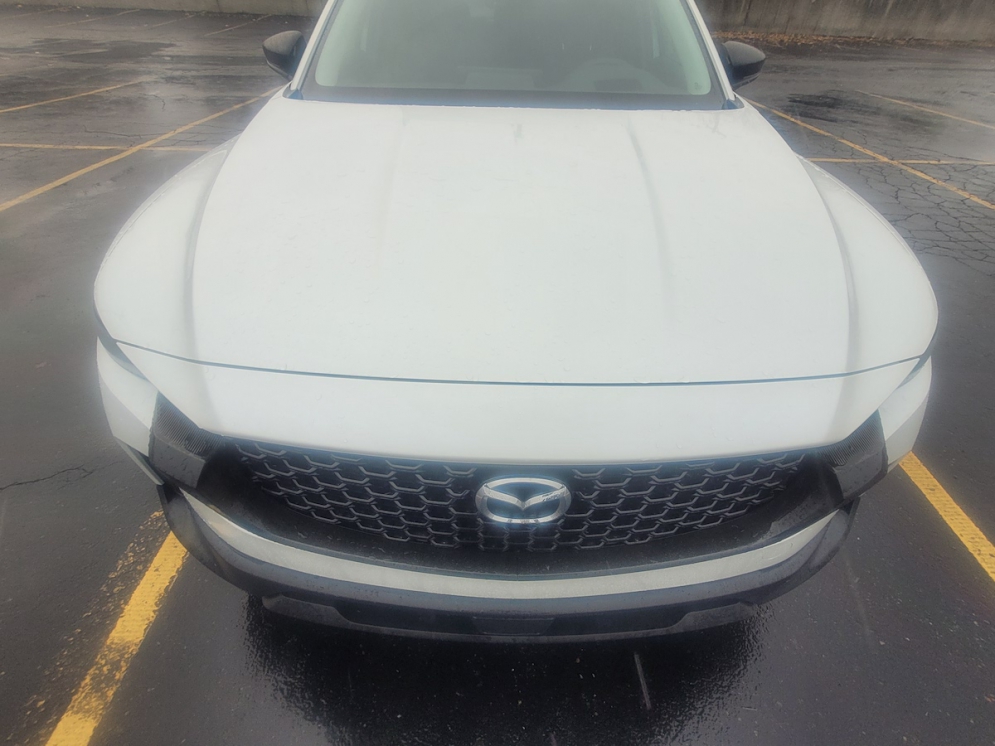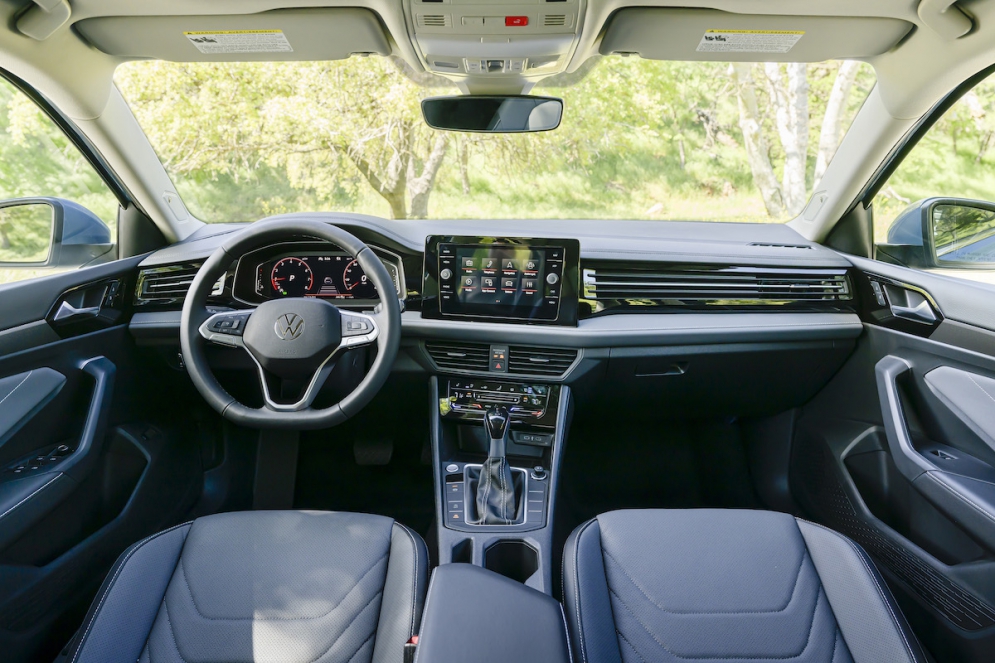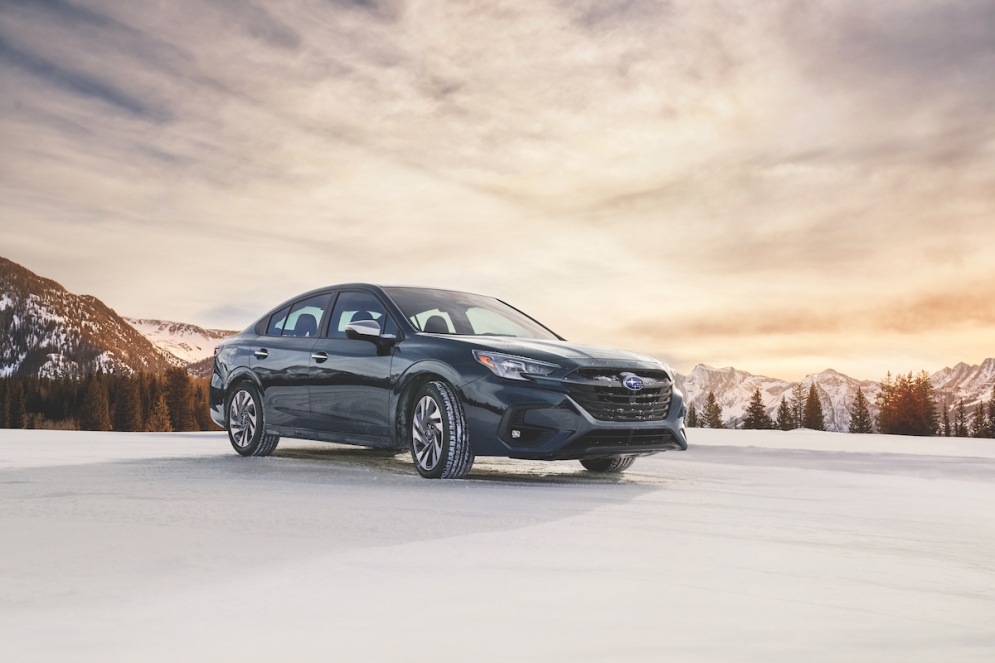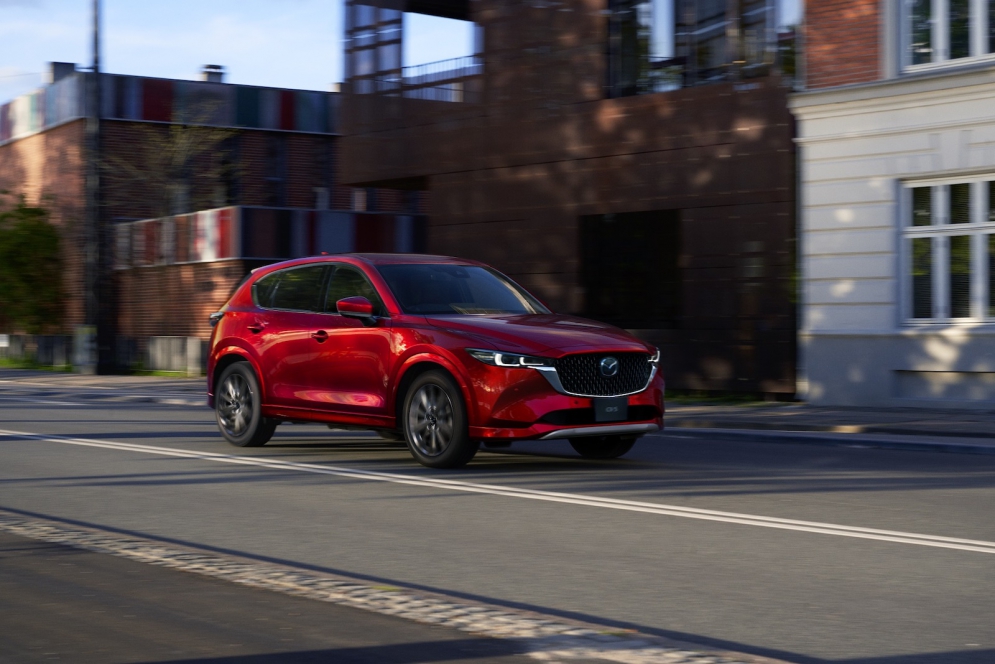Boldly designed while simultaneously upscale, the Mazda CX-50 occupies a unique position in the realm of compact SUVs.
Introduced a couple years back as a curious addition to Mazda’s lineup, offering a more rugged design and adventurous nature than Mazda’s popular CX-5 offering, the CX-50 has proven itself to be a worthy contender in the busy compact SUV segment.
Between its sharp looks, upscale interior features, tremendous handling and overall driving experience, this relative newcomer has emerged as a leading contender to meet the needs of SUV buyers.
New for 2025 in the CX-50’s third year is the arrival of a hybrid powertrain offering, as well as upgrades to standard tech features on all trim levels. It does a balancing act between pushing boundaries and maintaining Mazda’s reputation as one of the more upscale non-luxury brands.
Read on for a full breakdown of the 2025 Mazda CX-50, where it shines, and where improvements can be made as Mazda takes on heavyweight competitors like the Honda CR-V, Toyota RAV4, Hyundai Tucson and Kia Sportage.
SUVs don't have to be boring. In fact, some are downright thrilling.
Case in point: I recently tested the 2025 Audi SQ7, a rare vehicle that checks all the boxes that both driving performance lovers and family-focused buyers are looking for in a car.
The regular Audi Q7 is already an excellent three-row luxury SUV, and by adding in a powerful V8 motor and 500 horsepower, the SQ7 takes that experience to new levels.
There are few true competitors to the SQ7, though BMW and Mercedes-Benz do offer powerful, 500+ horsepower versions of their larger SUVs.
Read on for a full breakdown of what the SQ7 has to offer.
Additional Info
- Vehicle 2025 Audi SQ7
- Price as tested $119,640 (starts at $91K)
- Best feature Rare combination of powerful performance and family-friendly, luxurious design
- Rating 4.5 out of five stars
- Who will want this vehicle? Luxury SUV buyers seeking speed, looks, power and comfort
While other brands are bowing out of the sedan market to focus on SUVs, Volkswagen isn’t quite throwing in the towel.
For the 2025 model year, they continue to offer the Volkswagen Jetta, a budget-friendly compact sedan offering attractive styling and strong fuel efficiency.
Offered for the past 35 years, the Jetta is VW’s only remaining sedan, and gets a refreshed look on both the front and rear ends for 2025, but not a full redesign.
I recently tested a 2025 Volkswagen Jetta (SEL trim level), and I’m back with a full report on how it holds up against compact sedan offerings from Honda, Toyota, Hyundai, Mazda and more.
Additional Info
- Vehicle 2025 Volkswagen Jetta
- Price as tested $30,225 (starts around $23K)
- Best feature Affordable, strong fuel mileage, attractive European styling
- Rating 3.5 out of five stars
- Who will want this vehicle? Sedan buyers on a budget seeking an attractive design and strong fuel mileage
As drivers continue to embrace SUVs as the go-to vehicle, sedans continue to face a tough environment.
With that in mind, we are saying goodbye to another sedan in 2025, and this time it’s the Subaru Legacy, which is bidding farewell after more than 35 years and more than 1.3 million sales in North America.
The Legacy is a vehicle that’s easy to like. It’s capable of dealing with tough weather conditions, well-equipped with safety features, is quite roomy inside, and offers a strong turbo engine option.
I recently tested the 2025 Subaru Legacy (a Touring XT model), and I’m back with a full report on how it holds up to the remaining sedan rivals — from Toyota, Honda, Hyundai, Kia and Nissan — in its final year.
Additional Info
- Vehicle 2025 Subaru Legacy
- Price as tested $39,481 (starts at $26K)
- Best feature Affordable, roomy sedan
- Rating 3.5 out of five stars
- Who will want this vehicle? Drivers looking to pick up this safe, roomy, AWD sedan offering before it goes away
Yes Virginia, there is an SUV that’s actually fun to drive.
In fact, as we celebrate the holiday season, there’s actually a brand that is fully embracing a lineup that is far from bland, and aimed at people who love to drive well-handling cars that have some power under the hood.
I’m talking about Mazda, and more specifically it’s CX-5 compact SUV, the brand’s best-selling vehicle. There’s a ton of competition in this category, including some major top-sellers, but none of the CX-5’s top rivals can hold a candle to the genuinely fun and sporty drive quality offered by the CX-5 (which, FYI, is different than the CX-50 model that was more recently introduced by Mazda, and exists alongside the CX-5 in Mazda’s lineup).
I recently tested the 2025 Mazda CX-5 (a Carbon Turbo trim offering), and I’m back with a full report on how it measures up against the other small SUVs of today’s automotive world.
Though the current design is starting to get a bit long in the tooth, the CX-5’s looks, performance and fun factor are strong enough to make it stand out in the crowd vs. other less daring competitors in the segment.
Additional Info
- Vehicle 2025 Mazda CX-5
- Price as tested $39,455 (starts around $30K)
- Best feature Sporty drive, sharp handling, upscale and classy design
- Rating 4 out of five stars
- Who will want this vehicle? Compact SUV buyers looking to spice up their daily drive

AutoTechReviews is your home for In-depth reviews of the latest cars, trucks, and SUVs; information on all the emerging vehicle technology; and breaking news from the world of NASCAR and other motorsports.





